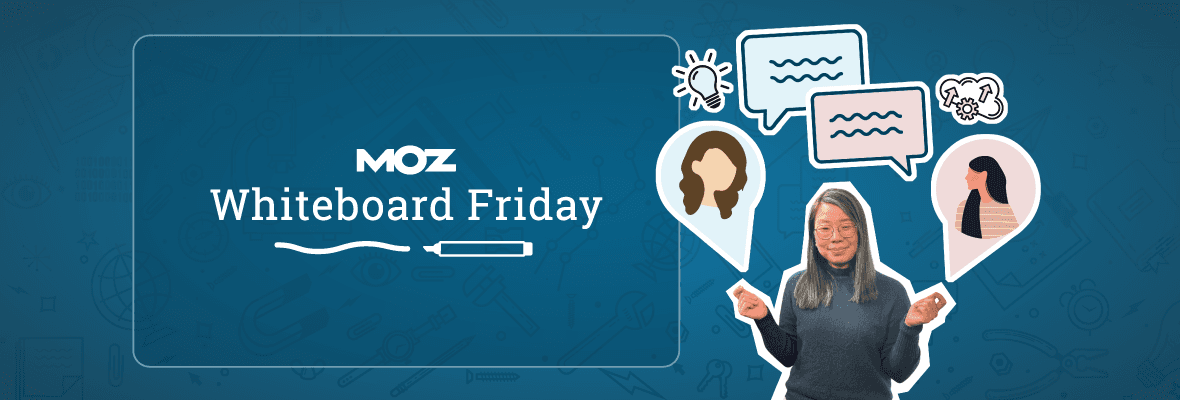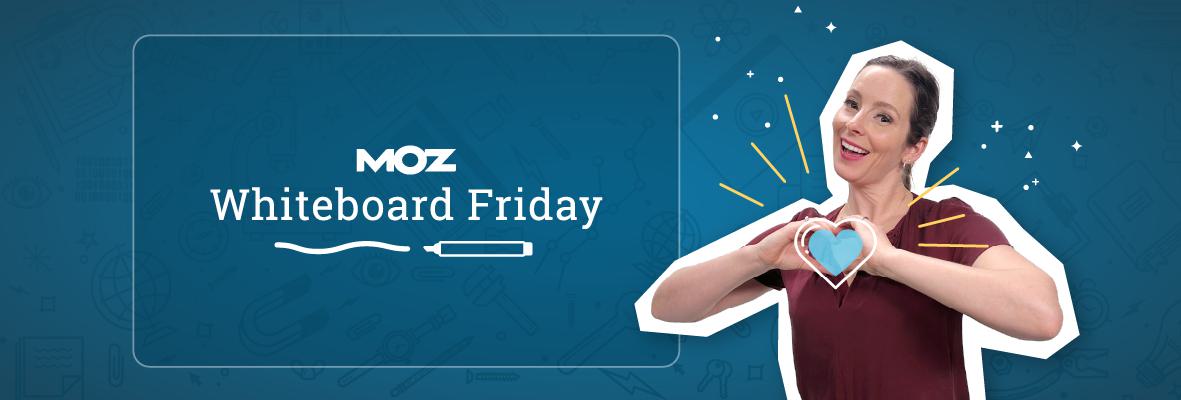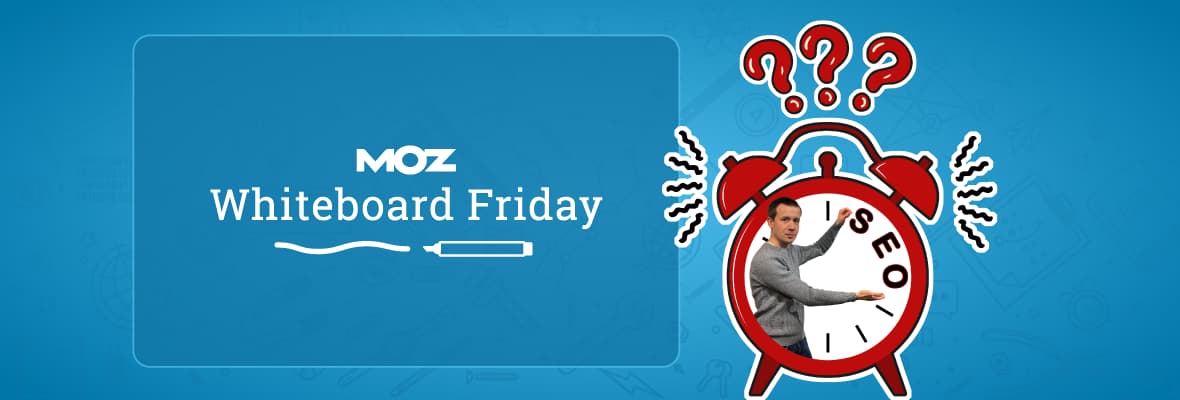

How to Communicate Site Migration to Clients — Whiteboard Friday
Site migrations can be tricky! Rebecca Yu shares essential strategies for SEO professionals to clearly explain the process and potential impacts to non-SEO clients. Learn how to bridge the communication gap, accurately identify when a migration is happening, and ensure a smoother transition for everyone.


























